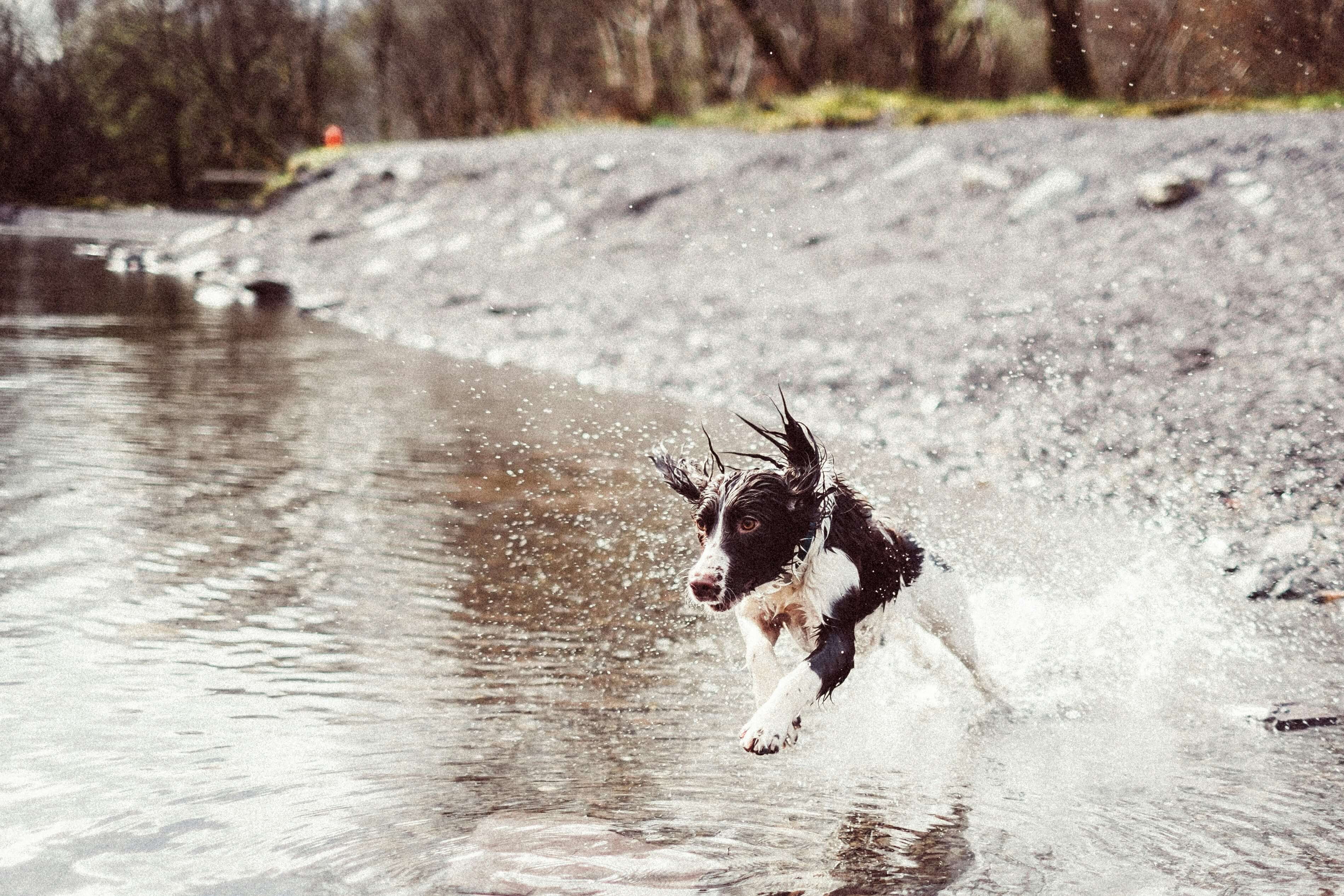
There are thousands of dogs and cats in the care of big and small charities up and down the country. If you’re a pet lover looking to support your local rescue centre or charity, there are a wide range of ways you can help make a difference.
Volunteering for pet charities
When you think about volunteering for a pet charity, the first thing that may come to mind is washing out dog kennels or emptying smelly litter trays. Although these are vital parts of supporting animals’ well-being, there are many other roles you can get involved with.
1. Hands-on volunteering — there are several ways you can get stuck in on the frontline. Some charities are looking for drivers to transport pets and volunteer ‘cuddlers’ to help socialise the cats, while others may be seeking dog walkers to exercise the canines in their care. Charities are also often looking for supporters to help with general maintenance duties, such as painting the kennels or keeping the outdoor space looking neat and tidy for visitors. Perhaps you are a budding photographer who could capture the animals’ best sides to help catch potential owners’ attention?
2. Virtual volunteering — do you have great computer skills? Some charities will be grateful for online support as much as physical support. From the comfort of your home, you may be able to help with uploading pets’ case studies to their websites or answering public queries via social media
Give a pet a home
If you’re looking to bring a new pet into your life, consider speaking to a rescue centre about the options available.
1. Rescuing — if you’re looking for a new addition to your home, don’t forget to ‘think rescue’! Pets end up in rescue for many reasons, so don’t assume that every rescue pet has a behavioural or medical issue. By rescuing an animal, you’re also freeing up space for another animal to have a chance of finding a forever home.
2. Fostering — not every charity has its own premises, so instead they rely on volunteers to offer temporary homes until their forever families are found. Sometimes, animals can find life in a kennel or cattery very stressful, so being given one-to-one care in a home setting can make a big difference to their rehabilitation and help them be rehomed faster. This can be a great option if you can’t commit to owning a pet long-term.
Donations for pet charities
There are many ways that you can support your local charity, either through donating unwanted items or sourcing much-needed cash.
1. Pet essentials — food, bedding, blankets, towel, cat litter, poo bags, leads, harnesses, beds — the list goes on! The items don’t need to be new — second-hand goods with plenty of life left in them are also very welcome. Next time you purchase a box of your pet’s favourite HiLife it’s only natural food, why not pick up an extra box to drop off at your local shelter? Always check with the shelter first to see where the best place is to leave donations.
2. Charity shop donations — before throwing away your used clothes and household items, you may want to check if your local charity shops are currently accepting donations. This is a great way to raise money for pet charities, whilst recycling your items to someone else in the process.
3. Recycled goods — many charities accept donations of used stamps and ink cartridges. Not every charity can accept them, but it’s worth asking a few of your local rescue centres if they would welcome the donations to help raise much-needed funds. You could encourage your friends and family to do the same.
4. Monetary donations — many pet charities rely entirely on donations from the local public and businesses, and there are many ways you help. Whether it’s sponsoring an animal or a kennel, leaving a gift in a will, attending a charity event, hosting an online charity fundraiser, or using a service such as AmazonSmile when you make an online purchase, there are many ways you can raise money and encourage your community to do the same.
What is like to volunteer for a pet charity?
We spoke to Animal Welfare Manager Erin at Flori’s Friends Rescue, to see how volunteering for this charity has changed her life:
“I discovered Flori's Friends Rescue in 2018 after seeing a video online. A beautiful dog, hopping along on the streets of Macedonia, begging for food with a broken front leg, clearly in pain. Two and a half years later, that dog is laid beside me. He's called Finn; he's my best friend.
“I was amazed by the levels of care and support Flori's provided, so offered to volunteer for their support team. I made regular follow-up phone contact with adopters, ensuring all was well, giving advice and support.
“In 2019, I began fostering for Flori's; they'd started rescuing special needs cases. I fostered Nellie, a pup who'd just had surgery to amputate both rear legs — she was found paralysed. I cared for her 24/7, changing nappies, cleaning wounds, getting her on her own wheels. I adopted Nellie and continued to foster special needs dogs. Fostering is vital, as the charity doesn't currently have a shelter and relies on volunteers to care for the animals at home until they’re adopted.
“As Flori's grew, I began supporting them with admin work; now I am the Animal Welfare Manager for Flori's. I oversee the home-check process and manage the support team of 60 volunteers. My role is to ensure our animals go to the right homes, receiving the care and love they deserve. I truly love my job and, had I not initially volunteered just 10 minutes a week, I wouldn't be here.”

We also spoke to Trudi Farrow, a volunteer at The Cat Welfare Group — a rescue charity for stray or abandoned cats or kittens that’s run entirely by volunteers — about her rewarding experience:

"Myself and my partner, Mark, are volunteers for The Cat Welfare Group. One day in June, we found a family of kittens and their mother, living as what we assumed to be feral, under a collapsed stable. The kittens were estimated to be around 4-5 weeks old, and full of mischief.
“Their home was a pile of old, rotting wood, and, unfortunately for the us, their favourite hiding places were inaccessible to reach. We spent days on end sitting beside the rubble, attempting to coax out the kittens and their mother. Each day we were left disappointed and upset, having only just caught glimpses of the kittens, or not having been able to see them at all.
“At this point, we decided to pull out the technology and a big box of HiLife Kitten Food! Night vision binoculars gave us a clear view of the area and the ever tempting smell of the food meant that they managed to persuade the family to come out enough for us to reach and catch them.
“Exhausted, and having not had a decent meal for quite a few days, we rushed the family back to our house where they were immediately greeted with a big plate of HiLife food and soft beds so they could finally be safe all together in the warmth.”
If you have some spare time, why not contact your local charity and ask how you can help. Don’t forget, this is also a great opportunity to meet like-minded people who are just as passionate about pets as you are!



